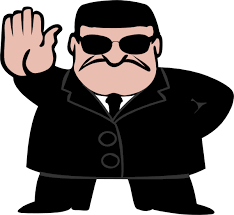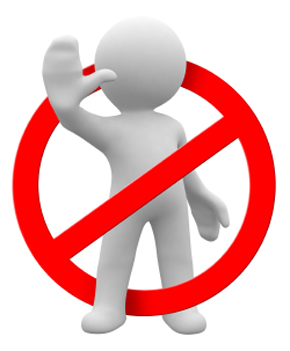 Let’s talk about slowing and stopping on your bike. Bike Werks Mobile Repair Shop takes brakes very seriously. It’s fun to go fast on a bike, and you can do so with confidence when you have brakes that function properly. In no particular order, here’s a few tips on applying the brakes that can make your ride safer, easier and even faster.
Let’s talk about slowing and stopping on your bike. Bike Werks Mobile Repair Shop takes brakes very seriously. It’s fun to go fast on a bike, and you can do so with confidence when you have brakes that function properly. In no particular order, here’s a few tips on applying the brakes that can make your ride safer, easier and even faster.
- Be careful with the front handbrake. I’ve heard many stories about cyclists grabbing the front brake lever and losing control….even going over the handlebars. If you forget which brake lever is which, the simple way to remember is “right is rear”. That’s true for both the rear brake and the rear derailleur (which is shifted from the right side) Learn to never apply the front brake by itself. The rear brake, on the other hand, can be applied by itself. Use the front brake to complement the rear braking. Used correctly, it shortens braking distance.
- Do your braking before the turn. Not so much for the casual rider, but for the speed demons and aggressive cornering. At speed, there are forces on your tires when cornering – add braking (additional, completely different forces) and it can cause instability to the point of losing traction and having your tires slip out from under you. As a side note, downshift when entering a turn so you can accelerate out.

- When coming to a stop, think ahead and shift your bike to a gear for when you start moving again. This is a surprisingly overlooked action. An example is when you descend in a hard gear for speed, and have to brake at the bottom of the hill. Simply shift to an easier gear prior to stopping. Starting off in a hard gear when the light turns green is avoidable so think ahead and shift where you need to be.
- Regarding forward motion, it’s a real drag when your brakes rub. One cause is when your wheel is out of true (a side to side wobble when spun). When a wheel is straight (true), the brake pads can be adjusted closer to the rim giving you more leverage on the brake lever and more effective braking.
- Another source of brake rub is when your brakes are out of adjustment. Rim brakes should pull in evenly when applied. Pads should meet on the rim surface – not rubbing the tire, and not partially on the rim surface. Brake pads should also be “toe’d in” for sound reduction and better brake modulation.
- Yet another source of brake rub is when your wheels are not installed correctly. If you have to remove your wheel for like a flat or transporting your bike, make sure that the axle is set all of the way into the dropouts (part of the fork or frame where the wheels attach) when reinstalling, otherwise the mis-aligned wheel can rub.
- Many bikes these days have disc brakes, a flat round disc attached to your hub with pads that squeeze against that disc in what’s called a caliper. Functionally, it’s very similar to brakes in a car. Never, ever get grease, brake fluid, mineral oil or lubricants on the disc surface. The result is brakes that screech when applied. The only solution is to replace the rotor and pads

- Screeching rim brakes are annoying, but fortunately, fixable. Pads may be dried out and need replacing, pads may need to be repositioned and a glaze may have formed on the pads and rim surfaces. Bike Werks can quiet them down for you.
- Correct brake lever positioning on the handlebars will make the ride more comfortable. Levers on mountain bikes and hybrids should be tilted downward to match the angle of your arms to the bars. Road bike levers and handlebars can be positioned more upright for comfort, or downward for aerodynamics – depends on personal taste and the type of riding/racing you’re doing.
Hopefully some of these tips will add to the enjoyment of riding your bike. Just like driving your car, your ride is a series of starting, going, slowing and stopping. Ride safe, ride often and let Bike Werks keep your bicycle in tip top shape.


